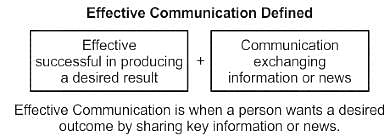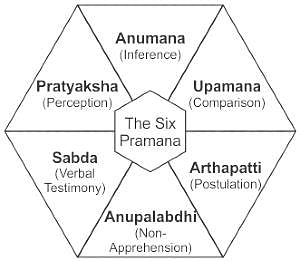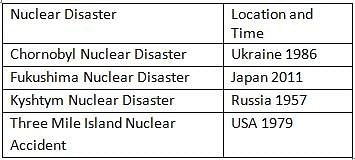UGC NET Paper 1 Mock Test - 1 - UGC NET MCQ
30 Questions MCQ Test UGC NET Mock Test Series 2024 - UGC NET Paper 1 Mock Test - 1
To reduce the cost of functioning BOI bank was merged into SBI and the number of officers was reduced to 35 after the merger. Find the number of officers after the merger is how much more or less than the number of officers in SBI before the merger?
Find the difference between the number of male clerks of Union Bank and the number of female clerks of ICICI Bank.
| 1 Crore+ students have signed up on EduRev. Have you? Download the App |
Which teaching strategy best promotes the development of higher-order thinking skills, such as analysis and critical evaluation?
What is the primary characteristic of the Direct Instruction teaching method?
Which of the following statements are correct regarding the Flipped Classroom model?
Statement I: The Flipped Classroom model primarily focuses on teacher-led lectures.
Statement II: Homework and lectures switch places in the Flipped Classroom model.
Statement III: The Flipped Classroom model doesn't involve any class time activities beyond lecture reception.
Statement IV: Students explore material at home and consolidate learning in class with the Flipped Classroom model.
Identify the correct statements related to Inquiry-Based Learning.
Statement I: Inquiry-Based Learning is a teacher-centric model resembling Direct Instruction.
Statement II: The Inquiry-Based method involves posing thought-provoking questions to students.
Statement III: In Inquiry-Based Learning, students passively receive knowledge.
Statement IV: Inquiry-Based Learning encourages critical thinking and creativity among students.
What does the phrase "No single approach is a panacea" mean in the context of the passage?
Which of the following is correct according to Gandhi?
I. Learning should provide opportunities for children to become physically active.
II. Children should have the freedom to create their own models of knowledge about the world.
Effective classroom communication will enable
A. Efficient teaching
B. Interest in learning
C. Minimal assessment
D. Interaction between teachers and students
E. Teacher-centric behaviour
Choose the correct answer from the options given below:
Given below are two statements: One is labelled as Assertion A and the other is labeled as Reason R.
Assertion (A): Production of electricity from Renewable Energy sources is without adverse environmental impacts.
Reason (R): There is no net emission of carbon di-oxide into atmosphere from exploitation of Renewable sources of energy.
In the light of the above statements, Choose the most appropriate answer from the options given below :
What strategies can a teacher employ to enhance the rapport and connection with students in the classroom?
Given below are two statements: One is labelled as Assertion A and the other is labelled as Reason R:
Assertion (A) : With global warming, organisms that were formally restricted to warmer regions will become more common towards the poles.
Reason (R) : Geographic distribution of organisms could not be significantly altered by climate change.
In the light of the above statements choose the most appropriate answer from the options given below
A teacher's ability to effectively plan, organize, and execute instructional activities is most closely related to which of the following cognitive abilities?
Given below are two statements:
Statement I : Much of non-verbal communication is based on arbitrary use of symbols by different cultures.
Statement II : A great amount of non-verbal communication is iconic and possible understood universally.
In the light of the above statements, choose the most appropriate answer from the options given below:
Which of the following are the main characteristics of a flipped classroom approach?
A. Lessons are primarily delivered via direct instruction from the teacher in class.
B. Learners engage with new material for homework to prepare for the next class.
C. In-class time is predominantly used for exercises, discussions, or projects.
D. It negates the need for homework.
Choose the correct answer from the options given below:
Reason (R) : Using the projection technology facilitates extensive coverage of course contents.
Which of the following statements apply in the context of Anumana?
(a) Anumana depends on knowledge obtained through inference.
(b) Anumana is based on verbal testimony.
(c) Anumana relies on prior or existing knowledge.
(d) Anumana is an accepted means of knowledge by Buddhism phillosophy.
Choose the correct answer from the options given below:
Arrange the given years in descending order on the basis of number of people affected by natural disasters in India?
(A) 1988
(B) 1989
(C) 1985
(D) 1991
(E) 1994
Choose the correct answer from the options given below:
Consider the following statements and try to find out the type of Upward communication.
Statement I: The flow of the massage always follow levels of a hierarchy
Statement II: Communication between HR manager and Finance manager is an example.
Which of the following factors is the most important in the site selection for a nuclear power plant?
Landslide hazards in the Himalayan region are consequence of:
(i) Road cutting
(ii) Seismic activity
(iii) Deforestation
(iv) Urbanization
Choose the correct answer :
|
16 docs|120 tests
|





















